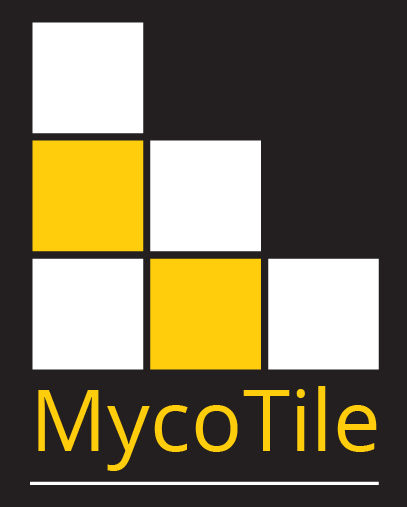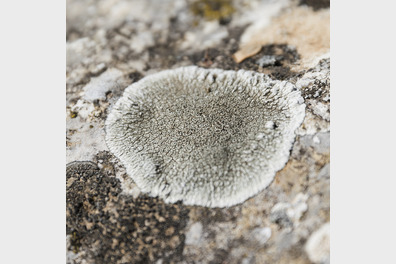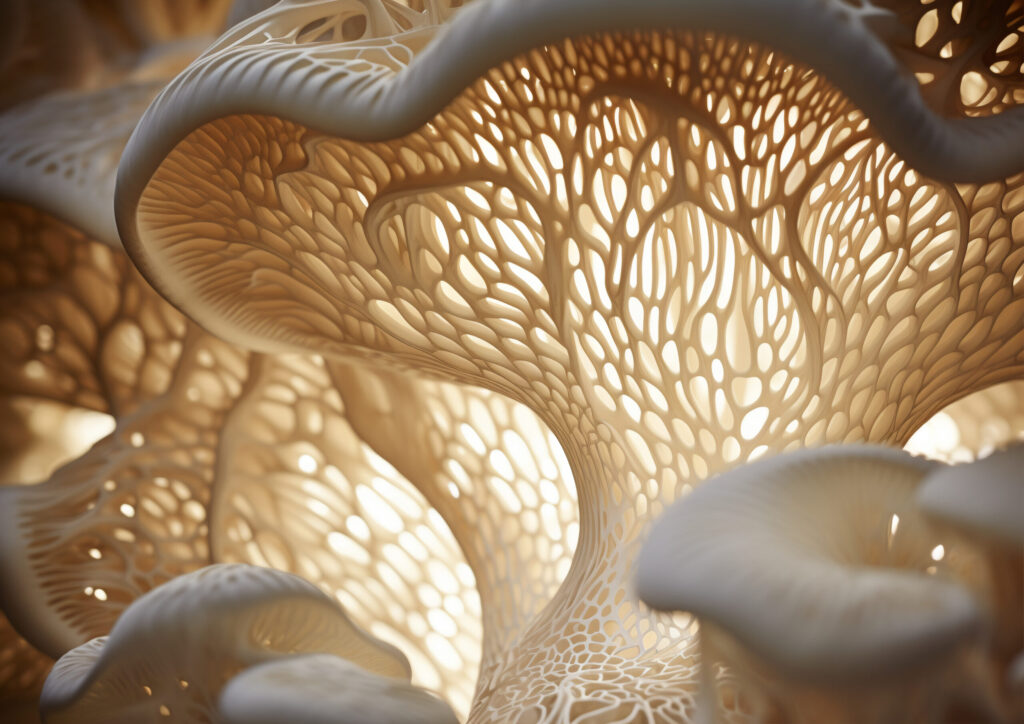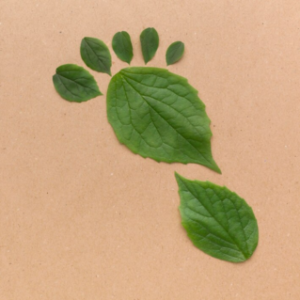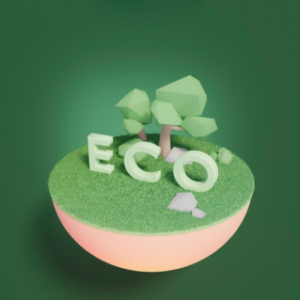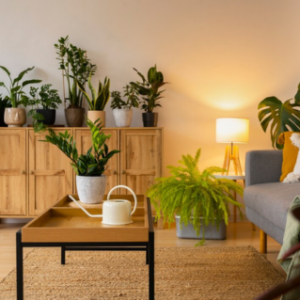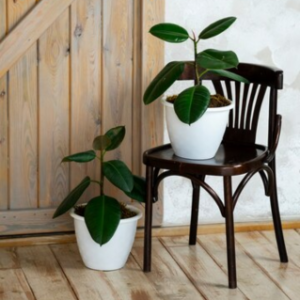When considering building materials, mycelium, the vegetative element of a fungus, may not be the first thing that comes to mind. This innovative material, on the other hand, has a variety of distinguishing characteristics that make it an interesting option for the building industry.
One of the key benefits of using mycelium in construction is that it functions as a natural insulator. Mycelium is an interconnected network of microscopic cells that can trap air and water vapor and act as an excellent insulator. This means that mycelium constructions may be more energy efficient because they can help regulate the temperature inside the building and lower the demand for heating and cooling.
Because it is biodegradable and can be grown and harvested without affecting the environment, mycelium is also a sustainable building material. Furthermore, mycelium production requires far less energy and resources than traditional building materials, making it a more environmentally friendly option.
Mycelium is utilized in construction in a variety of ways, including the production of mycelium-based bricks. To make these bricks, mycelium is grown on a substrate of agricultural waste, such as straw or sawdust. Mycelium consumes the waste, forming a brick-like structure that may then be dried and used as a building material. Mycelium bricks have several advantages over regular bricks, including being lighter in weight, more insulating, and biodegradable.
Mycelium-based insulating materials are another application of mycelium in construction. Mycelium is cultivated on agricultural waste substrates such as straw or sawdust, then dried and processed to create a soft, fiber insulating substance. Mycelium insulation has various advantages over traditional insulating materials, including humidity management, high insulation value, and long-term sustainability.
In addition to its use in bricks and insulation, mycelium is being studied as a material for structural elements in structures. While it is not strong enough to be used alone in certain applications, it can be combined with other materials to create a more durable structure.
Overall, the use of mycelium in building has the potential to revolutionise the sector. Its particular properties and long-term viability make it an intriguing alternative to traditional building materials, and its adaptability allows it to be used in a wide range of applications. We should expect to see more mycelium in the construction industry as more architects and builders adopt this novel material.
